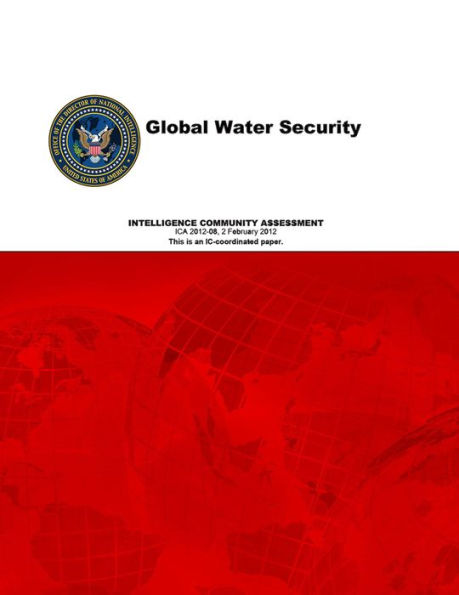Table of Contents
ContentsScope Note
Key Judgments
Risks and Opportunities
Discussion
Introduction—The Global Water Picture
Water Shortages
…and Poor Water Management
Other Water Problems
Impacts of Water problems
Potential Water-Related Social Disruption and State Failures…
Potential Driver of Conflict or Political Tool
Water Pressures
Risks to Agriculture and Economic Growth
Water-Energy-Industry Nexus
Improving Water Management and Investments
Use of Technology and Infrastructure
Trade of Products with High Water Content (“Virtual Water”)
Adoption of Pricing Mechanisms and Policies To Encourage Efficient Water Use
Hydrological Modeling for New and Revised Water-Sharing Agreements
Implications for the United States
Annex
What We Mean When We Say: An Explanation of Estimative Language
This Assessment was prepared under the auspices of the Director of the Strategic Futures Group and
drafted by the Defense Intelligence Agency. It was coordinated with the Intelligence Community.



